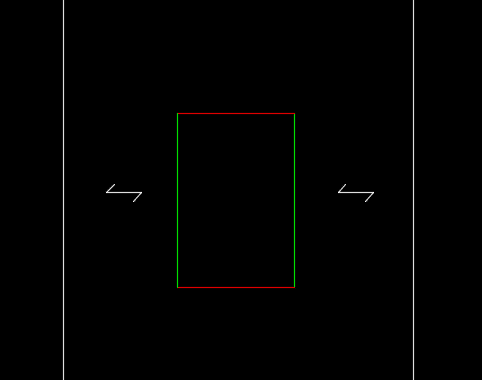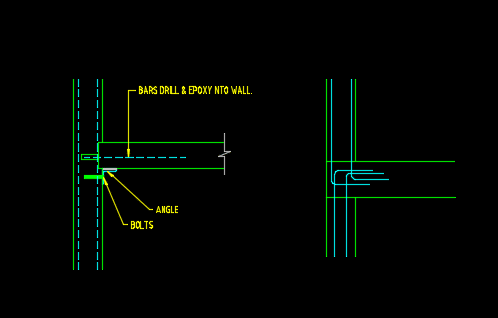0R123
Civil/Environmental
- Oct 2, 2020
- 7
Say I have one-way bondek slab connection to a core wall, which is the only lateral resisting system as below.

I am wondering what is the recommended connection for bondek to wall? If I use the left one then the EW walls (in red) will not connect to the bondek as it is one way, is it okay for lateral? Can I use the right one which is used for normal RC wall to RC slab? Thank you.


I am wondering what is the recommended connection for bondek to wall? If I use the left one then the EW walls (in red) will not connect to the bondek as it is one way, is it okay for lateral? Can I use the right one which is used for normal RC wall to RC slab? Thank you.

